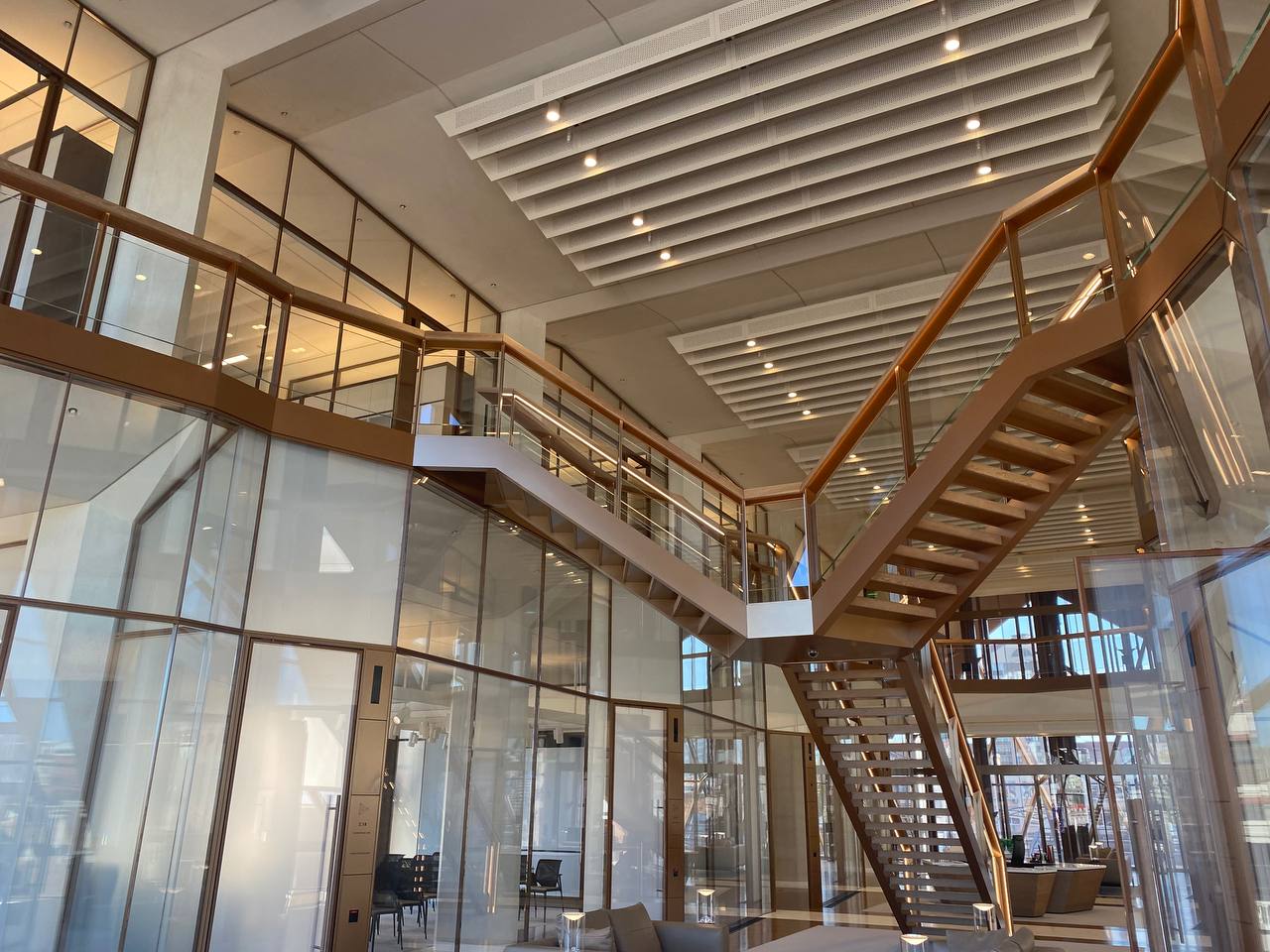




The environmental characteristics of an apartment are an important aspect to pay attention to when choosing a new home. If you are going to buy an apartment without finishing in a newly built house, then a simple assessment will suit you, which includes a study of the radiation background and a chemical analysis of the air. Chemical analysis of air includes an assessment of the content of phenol, which can be detected in building materials, and organic substances: acetone, benzene, propylene, vinyl chloride, ethylene, etc. (on average, from 14 to 30 items). For an apartment, such an analysis will cost, on average, from 12 to 15 thousand rubles for 1 point (the required number of points is negotiated in advance).
The construction of buildings and structures has a great negative impact on the environment. There is an environmental expertise, which is carried out in accordance with Part 1 of Article 49 of the RF Civil Code and the Federal Law “On Environmental Expertise” dated November 23, 1995 N 174-FZ.
Even when the building is built, it continues its influence, including on the person. Low-quality building materials and furniture that contain substances harmful to the human body, as well as an unsuccessfully chosen place for the construction of a building (the proximity of polluting industrial enterprises, the proximity of sites contaminated with organic and radioactive waste, etc.), can cause various diseases in humans.
In order to protect yourself in the future, and not to choose a bad, from the point of view of ecology, housing, you can conduct an environmental assessment. Depending on the purpose of the building or premises (residential, commercial, industrial, etc.), the volume of tests and analyses carried out may vary.
Ionizing radiation – various types of microparticles and physical fields capable of ionizing matter. Natural building materials – stone, granite, marble – can be likely sources of radiation in an urban artificial ecosystem. Brick, tile, concrete can also be sources of ionizing radiation. The effect of radiation provokes disturbances of vital processes occurring in the body, metabolic disorders and is associated with the appearance of compounds unusual for the body. There is also a violation of normal enzymatic processes in the cell. The synthesis of deoxyribonucleic acids (DNA) in intensively dividing cells is particularly sensitive to radiation.
To assess the degree of radiation hazard, the gamma radiation power is measured.
The assessment of the radiation background is carried out both outside the building (for example, in the courtyard of the house, 2-3 points) and in the apartment (in living rooms).
• Scintillation geological exploration device;
* Dosimeter-radiometer and Detection unit.
Phenol is a highly toxic substance that, in accordance with the state standard, has a category “II”. This means that this chemical element is harmful to the human body. It is often possible to find phenol in the air of an apartment, especially if it is new buildings, since the bulk of modern appliances, furniture, and building materials include a number of highly toxic substances.
The determination of phenol in the air can be an impetus for the introduction of cleansing measures, since the element has the property of being absorbed into the body very quickly and affecting the cardiovascular system, respiratory tract, lungs and bronchi, as well as the nervous system, causing side effects such as headaches, loss of consciousness, nausea, dizziness, etc.
In order to obtain accurate values of the phenol content in the air, it is necessary to conduct an analysis with closed openings, and also make sure that the windows were not opened for 12 hours before the test. It is also necessary to know the parameters of the microclimate of the room.
The analysis of harmful substances contained in the air outside and inside residential premises is carried out to gain confidence in its safety for human health. If the results of the studies do not exceed the values of the maximum concentration of harmful substances (in accordance with the requirements of GN 2.1.6.3492-17) “Maximum permissible concentrations (MPC) of pollutants in the atmospheric air of urban and rural settlements”), the air is considered safe. During the inspection, the presence of carbon monoxide and carbon dioxide, nitrogen oxide and dioxide, hydrogen sulfide and other substances are analyzed. A comprehensive study makes it possible to identify all toxic and poisonous substances in the atmospheric air. Based on the results, the sources of pollution are determined and cleaning measures are proposed.
Air intake is carried out in the appropriate sampling package, then this package is sent to the laboratory to perform the appropriate analyses.
The following equipment is required for analysis:
Analysis of the air for phenol and organic compounds, as well as determination of the radiation level takes about an hour. The results of the study are prepared for a maximum of 10 working days.
An environmental assessment of an apartment is an affordable and quick way to make sure that the housing you are purchasing does not pose a danger to your health and well-being, as well as to identify and eliminate problems in time (if possible) at the early stages of their occurrence.